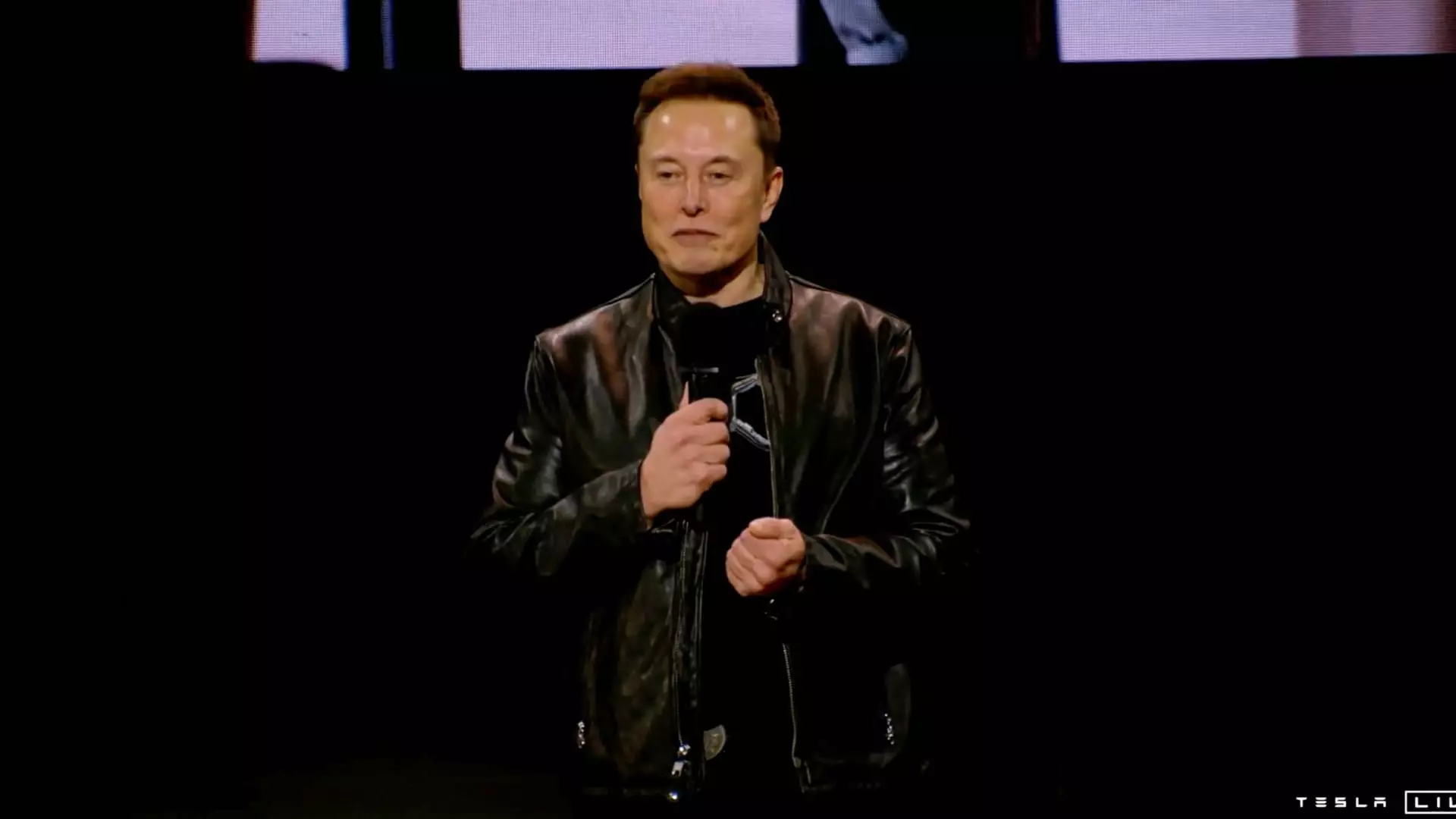Recent scrutiny has emerged surrounding Tesla’s social media practices, highlighting the potential dangers stemming from the company’s portrayal of its vehicles as autonomous. The National Highway Traffic Safety Administration (NHTSA) has raised alarms regarding Tesla’s communications, specifically their propensity to suggest that their Full Self-Driving (FSD) system operates without the need for driver supervision. This assertion poses a significant risk, as it may lead drivers to overestimate the vehicle’s capabilities, ultimately jeopardizing public safety. Gregory Magno, head of the NHTSA, articulated in a public letter that Tesla’s social media behavior fosters misconceptions about the necessity for driver engagement while operating these advanced systems.
Tesla’s engagement with the NHTSA comes at a critical juncture, as the agency has mandated a comprehensive response by December 18. Non-compliance may expose the company to substantial penalties, potentially reaching $135.8 million. This financial threat looms in the backdrop of increasing scrutiny of Tesla’s FSD technology, particularly in light of recent incidents where the system was in use during tragic accidents. Authorities are keen to identify safety defects associated with this semi-automated driving feature. The consequences of failing to adhere to NHTSA guidelines extend beyond monetary fines; they could further damage Tesla’s reputation and erode consumer trust in the safety of their vehicles.
Tesla’s social media marketing strategy is being examined for promoting irresponsible driving behaviors. Notable posts from the company’s X (Twitter) account have featured scenarios in which drivers employed the FSD system while engaging in precarious activities, such as seeking medical attention during a potential heart attack and driving under the influence of alcohol or extreme fatigue. These examples raise ethical questions about Tesla’s responsibility in educating its customer base. By sharing such content, the company neglects to reinforce the crucial message that drivers must remain alert and ready to take control of their vehicles at a moment’s notice.
The Broader Implications for Autonomous Vehicle Standards
Musk’s ambition to establish a federal standard for autonomous vehicles underscores the complexity of this conversation. As a pioneer in the electric vehicle market, Tesla’s proactive stance on automation carries significant weight in shaping industry regulations. However, this ambition coexists with the essential need for transparent and responsible communication about the limitations of their technologies. The NHTSA’s call for Tesla to align its messaging with the capabilities of its vehicles is a crucial step in paving the way for public understanding and safety policies that govern the future of autonomous driving.
As Tesla navigates through this challenging landscape of regulatory oversight and public scrutiny, the company stands at a crossroad where it must balance innovation with a commitment to consumer safety. The NHTSA’s warning serves as a crucial reminder that with great technological advancement comes the responsibility to provide accurate information and promote safe driving practices. The implications of misleading claims extend beyond corporate reputation; they have the potential to affect real lives on the roads. Moving forward, Tesla must prioritize the safety of its customers even as it continues to push the boundaries of automotive technology.

